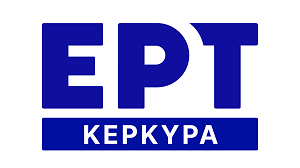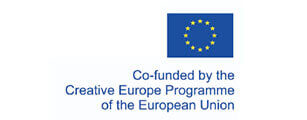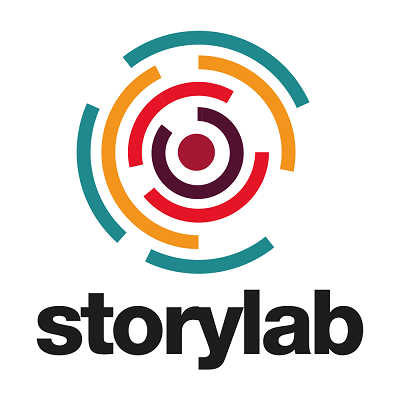Collaborating Teaching Staff, E.A.P.
maria_artistry@yahoo.gr
Summary
This research is part of an extensive study in relation to cinema and disability and tries to explore how cinema introduced the sexuality of a person with disabilities in his myth through a qualitative research of American and Greek films. The research studies seven (7) films. Three (3) feature films about autism: the film Rain Man, (1988) which is considered as the film that for first time introduced autism to the world audience, the film I Zoi me ton Alki (Η ζωή με τον Άλκη, 1988), and The Routine (Η Ρουτίνα, 2015), and four (4) feature films about physical disability: Avatar (2009), Intouchables (2011), The sessions (2012) and Me Before You (2016).
Key words: Sexuality, Disability, Cinematic Representations
Objective: The purpose of this study is to study the way in which filmmakers managed to include the sexuality of a disable character in their films. The aim of the research is to study how disable characters were included in these films and how represented on film the sexual needs of these characters, where the fiction starts and where it ends the objectivity of the representation and the reasons for choosing such a special character.
Method: The present research is divided into two parts. First part concerns a bibliographic research which initially studies the tendency of the media and specifically of cinema to choose people with disabilities as main characters in their representations. The second part concerns a qualitative research which studies the characters with disabilities in films. The way they approach sexuality and how they are treated by those around them. The films are separated in two different groups and cinematic representations are studied. From one side the autistic cinematic character and the way sexuality is presented within these representations and from the other the representations of severe physical disability and the way sexuality is presented within these representations. Most of the films that they selected stood out for their participation in international film festivals or for the impact they had on society.
Conclusion: This research comes to fill a large research gap in relation to Greek cinema and the study of special characters and in particular the study of character with disabilities. There is a global interest in people with disabilities in international cinema and especially in Hollywood but he main theme is the representation of disability itself through cinema, which, as it emerges from the bibliographic research, even today appears distorted or, at best, adequate. If we add sexuality to this discussion then we create a very explosive mix. The main conclusion of the research is the finding that American cinema promotes an asexual autistic character in contrast to the two Greek films which, for their part and with a completely different approach, emphasize the need for relive their sexual tension of the autistic characters. In the other hand there is an entirely different approach of sexual desire in representations of physical disability. In this case it appears that the body blocks the expression of this need. In some cases the body becomes an obstacle to sexuality and leads to the death of the flesh. Also of great interest is the way in which disability is represented in relation to sexuality in horror films. A completely different perspective that could be a new research on its own.
I was born in Thessaloniki. I have a PhD from School of Film Studies of AUTH. I also have a bachelor and a master's degree from the School of Visual and Applied Arts of AUTH and a master's degree from Ionian University in Audiovisual Arts and from Roma TRE in teaching to students with disability. I work as a Collaborating Teaching Staff in EAP.
Back














